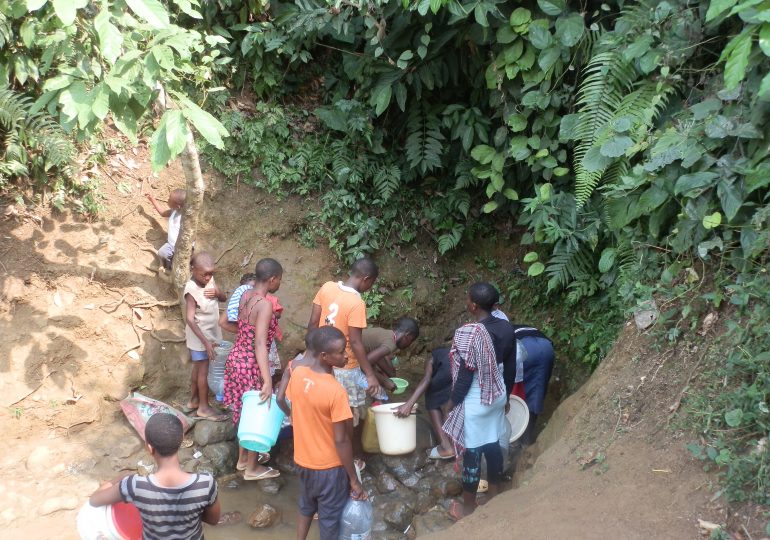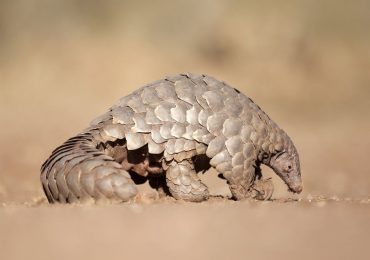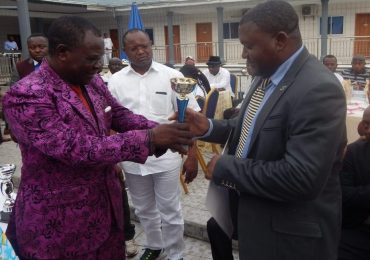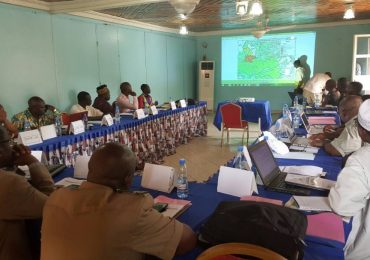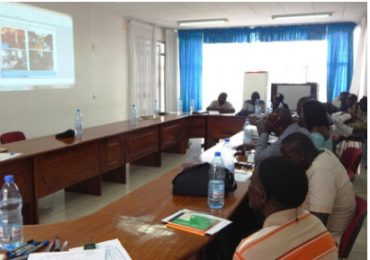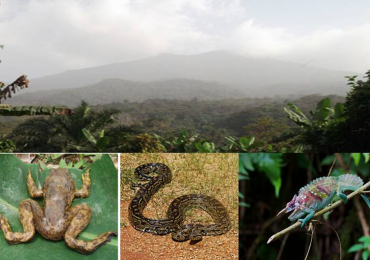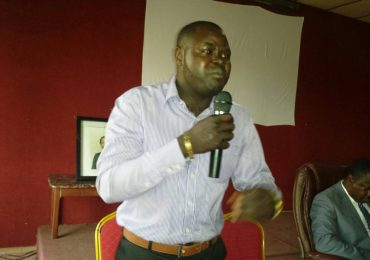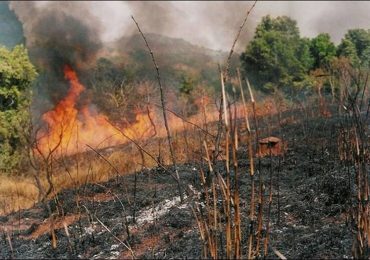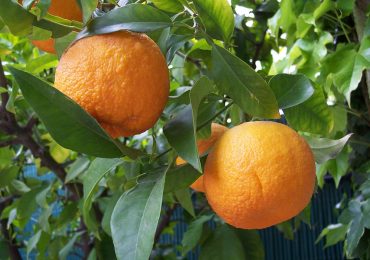Yaounde, Douala, Limbe and Buea are not the only places where communities have been continuously denied potable water.
By WUMAH ACAI
For most of last year and part of 2013, people in Kumba faced dry, hard times because CAMWATER was sluggish in treating and supplying much needed water to the city’s …inhabitants.
The continuing scarcity of water in the above communities, and especially the foul smelling unattractively coloured water that flowed in Kumba taps last year, demonstrates that the interventions for water supply by CAMWATER have failed.
“I am not in a position to give you information,” the Chief of Sector of Camerounaise des eau (CDE) Kumba branch once remarked during a short-lived interview.
“We have our policy,” she added, “there is a technical problem but I am not a technician. Go to Limbe, our Regional headquarters.”
The Kumba water crisis was a taboo as it lasted as if it was a secret CAMWATER wished to keep buried forever. Few authorities talked freely about it. After a long negotiation, however, The Green Vision was able to talk, in confidence, to some authorities.
“The problem was much larger than met the eye. Firstly, the 500-millimetre pipes that transport water from Lake Barombi Mbo laid by the Germans are aged. Secondly, divers recommended that the pipes be raised from the 12-metre depth above the level that is suspected to contain gas,” said a CDE technician.
He said it was also suspected that ferrous ions were ensuing from the lake, thus polluting it.
“That probably explained the reddish-brown coloration the tap water acquired during the crisis,” the technician said.
“The water is not only coloured, but smelly. It also causes itches and rashes,” Patrick Mbaku, a resident of Kossala on the outskirts of Kumba City, had told The Green Vision.
A teacher, Emmanuel Metuge, had said, “The water has changed the colour of my toilet pot from brown to black. It is a disgrace that in the 21st Century we have to be going through water problems like this; that we have privatised local companies to foreigners that cannot deliver the goods.”
As for the rumours that had spread wildly that the Barombi Mbo villagers had contaminated the lake to needle the government to pat them on the back, Tonga Alfonso Molondo, a 36-year-old fisherman and farmer, dismissed them as hogwash.
“The water problem started sometime in July 2012 when we discovered dead fish (tilapia) floating on the lake. We caught some that were behaving drunkenly and even ate them. There was no problem eating the dead fish,” Tonga told The Green Vision.
He thought the lake might have erupted.
“Sometimes when the mountain (Mt. Fako) erupts or trembles, it affects this lake (Barombi). It changes colour to yellowish-brown but the colour disappears after a week or so,” said Tonga.
Ndengu Hans, a worker at Kumba City Council, said while they were cleaning the resort site on the shore of Lake Barombi in July 2012, they noticed that the fish were dying.
“In the first week of July, the lake water was clean. But in the second week, the water turned brown and we saw fish floating on the surface as if they were taking in air. The surface of the lake was also shimmering like evaporating gas,” Ndengu said.
Laboratory water analytical tests carried out by the Ekona Regional Research Centre, South West, proved that the reddish-brown water that flowed in the taps in Kumba for more than six months was absolutely undrinkable.
“The water had substances that made it unsafe for humans to consume it,” said Ngane Besem, Head of Soil and Plant Laboratory at the Ekona research centre.
The pinch of the water crisis was felt by every Kumba resident as well as institutions.
The District Hospital was caught up squarely in the quagmire.
“Patients come here to get well. We try to make sure that a person who comes to the hospital should not catch another disease. Secondly, we try to control transmissible diseases by ensuring hygiene. In addition, some people admitted in the hospital may drink dirty water due to poverty and develop gastroenteritis (stomach troubles). But you cannot do all this without water,” said an official of the hospital.
He added, “We need water to clean the floors and toilets. We need water for the sterilisation of reusable materials like forceps, patients’ uniforms and surgical uniforms.”
The official said the hospital authorities took emergency measures and turned the ambulance into a utility van when it was not transporting its normal cargo of patients.
“The hospital bought about ten drums and the driver went around hunting for water from wells and boreholes at the market or as far as Alaska Street,” the official said.
Musah Mboh, a Kumba Town resident, said, “The water facility is obsolete and it was not constructed to handle water with such heavy sedimentation.”
Residents were left with little choice but to experiment in purifying the polluted water. Some used aluminium sulphate (alom), which folks usually use to wash away the slime from snail meat.
“It helped to settle the rusty debris in the water at the bottom of the container. Afterwards, we filtered the water. But we don’t drink it,” said Musah.
The Mayor of Kumba I Council, Ekale Mukete, could not hold his disappointment any more.
“The water treatment centre in Kumba is a disgrace. The German pipes are too old. The pipes stretching from the SDO’s office to Town Green and on towards Buea Road were laid some 30 years ago in the middle of the road,” said the Mayor.
Ekale said government keeps on signing water loans but nothing good seems to come out of them.
“Recently, government signed a loan of 50 billion francs cfa from the African Development Bank (ADB) for the development of water distribution networks nationwide and Kumba is expecting 3.5 billion from that loan, but we were sidelined from the project. So we asked CAMWATER to review the project,” said the Mayor.
He said it was high time the people of Kumba realised that they should not rely on the lake for water.
“There are so many wells and springs in Kumba that only need to be developed and maintained,” he said.
Nothing can spoil a life that had been running on regular potable water like turning on the tap one morning and dirty, smelly water flows out of it.
“I had to fetch water from Mile 29 in Muyuka although we have a spring nearby and a well at home,” said the First Deputy Mayor of Kumba II Council, Elonge Hannah Nnah, who lives in Barombi Kang.
She added, “You will see people fetching water that is oozing from the ground around Preventive Street. It is a pity.”
The Deputy Mayor said sometimes she was forced to buy bottled water.
Saved By Wells
Despite replacing two pumps, filters and changing filtration sand (imported) and having enough chlorine to treat the lake water, CAMWATER was still overwhelmed by the water that was continuously and heavily sedimenting.
Desperate for clean drinkable water, Kumba inhabitants went out prospecting for new springs. They dug new wells and “discovered” hitherto unremarkable springs, a development that seemed to affirm CAMWATER’s ineffectual attempts to deliver potable water and put the company in the hot seat.
At St. Francis College Fiango, the Vice Principal, Kembute Maurice, said two sources of water saved the institution with a student population of 705.
“Sometimes the water was brown or reddish. But thanks to our borehole and two wells, we were able to weather the water crisis,” Kembute said.
Parents with children boarding here had to buy bottled water, the Vice Principal added.
The same went for PHS Kumba with 687 students.
“We felt just a little pinch since the onset of the water crisis because we have a borehole equipped with an electric pump and two wells. Our students also turned to the borehole and wells or springs that have been identified around,” the Principal, Nanah Njenji Evaristus, said.
A well beaten path behind the school leads to the Munyen Spring where Ruth Efueh, a Lower Sixth student at GHS Kake, turned for drinkable water.
“Before the water crisis, the spring was neglected but now everyone around here; even from Mile One fetches water from here during the crisis. The water is clean and very potable,” Efueh had said.
Bleeding Consumers
In a country dogged by a myriad of social ills, CAMWATER and Camerounaise des eau (CDE) are seen to be bleeding their customers at the end of every month regardless whether the life liquid flows in the taps or not.
“We are not happy but we keep on paying the monthly bills,” said a hospital official.
The Kumba I Mayor said, “We still pay the bills although we don’t know what we are paying for.”
Lake Barombi
Lake Barombi Mbo is 112 metres deep and spans some two kilometres in diameter. It is one of several volcanic lakes in Cameroon after lakes Ossa, Bambuluwe, Oku and Nyos known to show high values of ferrous ions (containing iron).
In a letter to the Journal of Volcanology and Geothermal Research (Amsterdam), in 1990, scientists M. Pourchet, J. F. Pinglot, J. Maley, M.A. Méliéres and A. Zogneng identified many lakes in Cameroon as crater lakes.
“Gas bubbles were observed at different depths of Lake Barombi,” reported the scientists.
They recalled that on August 15, 1984, a gas explosion on Lake Monoun killed 37 people. Then on August 21, 1986, Lake Nyos emitted poisonous gas(es) killing about 1.700 humans. They also cited the random behaviour of Lake Barombi and Lake Bambuluwe, some 10 km from Bamenda in the North West Region.
According to a study carried out by the scientists, lakes Nyos and Monoun exhibit a red colour pattern at some periods.


